How To Address A Negative Employee

A toxic work environment fueled by negativity can erode productivity, damage team morale, and ultimately impact a company's bottom line. Addressing a negative employee requires a delicate balance of empathy, directness, and a commitment to fostering a more positive and productive workspace. Ignoring the issue only allows it to fester, potentially leading to wider organizational problems.
Successfully tackling employee negativity hinges on a structured approach that prioritizes open communication, clear expectations, and a focus on constructive solutions. It's not about simply silencing dissenting voices, but rather guiding employees towards more positive and effective contributions. This involves identifying the root causes of the negativity, providing targeted support, and ensuring accountability for behavioral changes.
Identifying the Source of Negativity
The first step is understanding *why* an employee is exhibiting negative behavior. Are they struggling with a personal issue that's affecting their work? Are they feeling undervalued or unheard? Perhaps they lack the necessary skills or resources to perform their job effectively.
According to a 2023 Gallup poll, employees who feel their opinions count are more engaged. Therefore, before jumping to conclusions, consider if the negativity stems from feeling unheard. This can be done through active listening and creating opportunities for employees to share their concerns and ideas in a safe environment.
Direct and Empathetic Communication
Once you've considered potential underlying causes, schedule a private, one-on-one conversation with the employee. Start by expressing your concern for their well-being and acknowledging any potential challenges they might be facing. Be direct about the specific behaviors you've observed and their impact on the team.
Frame the conversation around specific examples rather than generalizations. For example, instead of saying "You're always negative," try "I've noticed you've made several critical comments during team meetings lately, which seems to be impacting the team's enthusiasm." Use "I" statements to avoid sounding accusatory, focusing instead on how the behavior affects you and the team.
Setting Clear Expectations and Consequences
Clearly outline the expected standards of behavior and the consequences for continued negativity. This isn't about issuing threats, but rather establishing clear boundaries and ensuring accountability. Refer to your company's code of conduct or employee handbook to reinforce these expectations.
It's crucial to document the conversation, including the specific behaviors discussed, the expectations set, and the agreed-upon action plan. This documentation serves as a record of the intervention and can be helpful if further disciplinary action is needed. Consider offering *performance coaching or training* to help the employee develop more positive and productive behaviors.
Providing Support and Resources
Offer support and resources to help the employee address the underlying causes of their negativity. This might include providing access to employee assistance programs (EAPs), offering mentorship opportunities, or providing additional training and development.
If the negativity stems from a lack of skills or knowledge, provide targeted training and support to help the employee improve their performance. If the employee is struggling with a personal issue, encourage them to seek professional help through the EAP or other resources. Showing genuine care and concern can go a long way in building trust and motivating the employee to change.
Monitoring Progress and Providing Feedback
Regularly monitor the employee's progress and provide ongoing feedback. Schedule follow-up meetings to discuss their progress, address any concerns, and offer continued support. Acknowledge and praise any positive changes in behavior.
If the negativity persists despite your efforts, it may be necessary to consider further disciplinary action, up to and including termination. According to the Society for Human Resource Management (SHRM), consistent and fair enforcement of company policies is essential for maintaining a positive and productive work environment. Ignoring persistent negativity can send the message that such behavior is tolerated, which can damage morale and undermine the authority of management.
The Importance of Leadership
Ultimately, addressing employee negativity requires strong leadership. Leaders must be willing to address difficult issues head-on, set clear expectations, and hold employees accountable for their behavior. They must also create a culture of open communication, empathy, and support.
According to Harvard Business Review, leaders who model positive behavior and actively promote a positive work environment are more likely to foster a culture of engagement and productivity. This includes celebrating successes, recognizing employee contributions, and providing opportunities for growth and development.
Moving Forward: Fostering a Positive Work Environment
Addressing a negative employee is not a one-time fix, but rather an ongoing process. By focusing on open communication, clear expectations, and a commitment to employee well-being, organizations can create a more positive and productive work environment. This proactive approach minimizes potential negativity and cultivates a culture where employees feel valued, supported, and empowered to thrive.
Investing in employee well-being and fostering a culture of positivity isn't just good for morale; it's also good for business. A positive work environment attracts and retains top talent, boosts productivity, and ultimately contributes to the overall success of the organization. Ignoring negativity, on the other hand, can have devastating consequences.
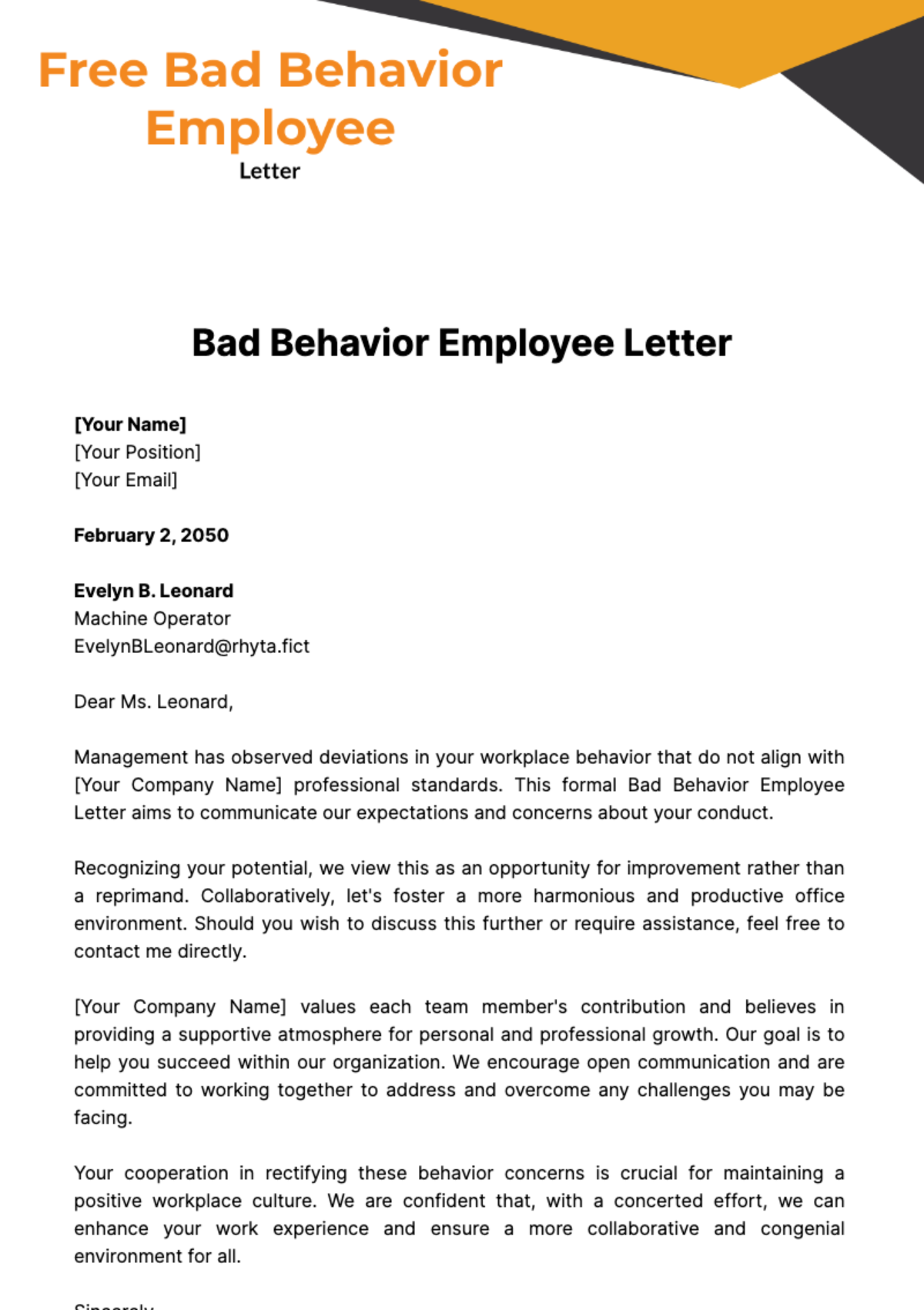
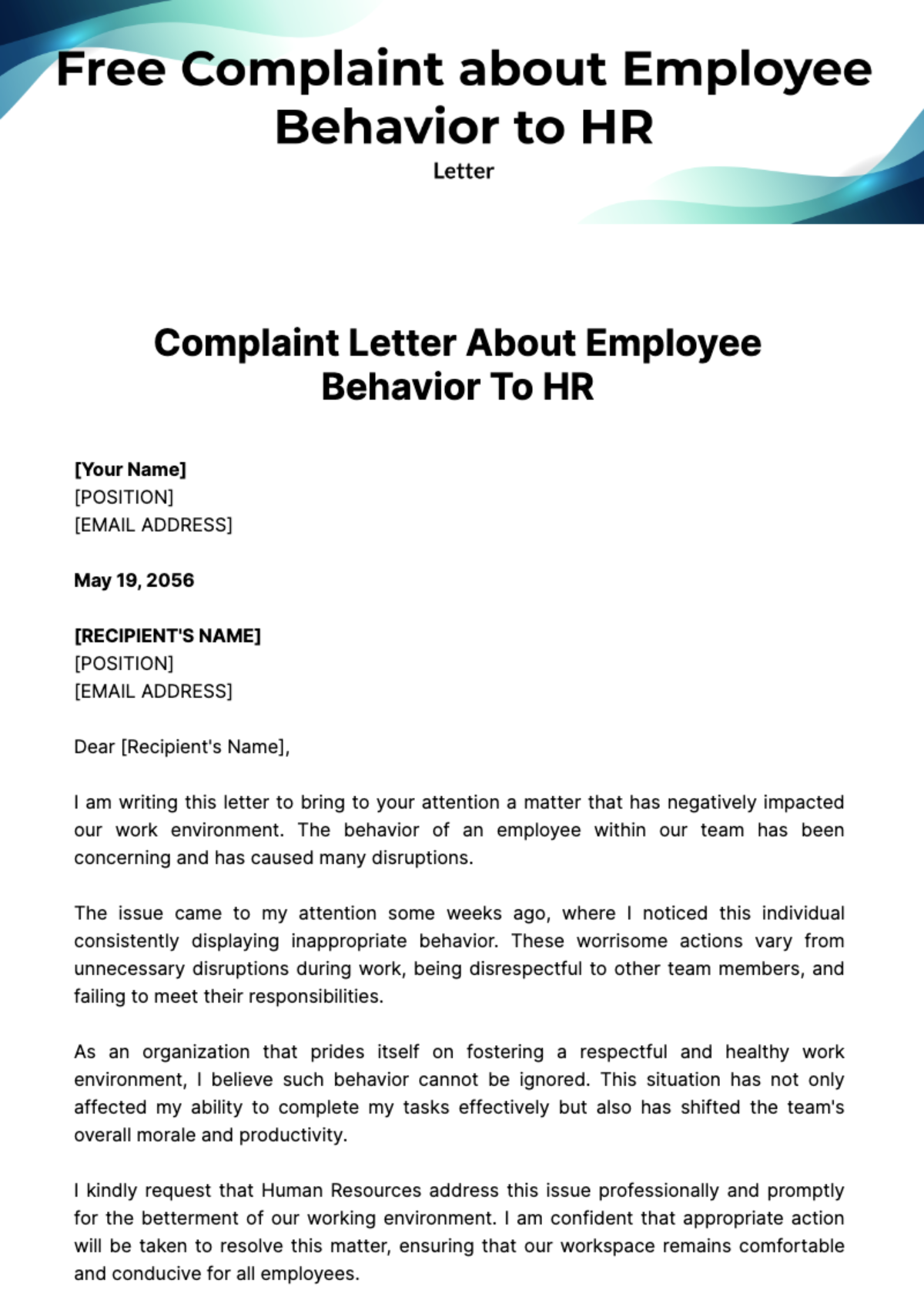
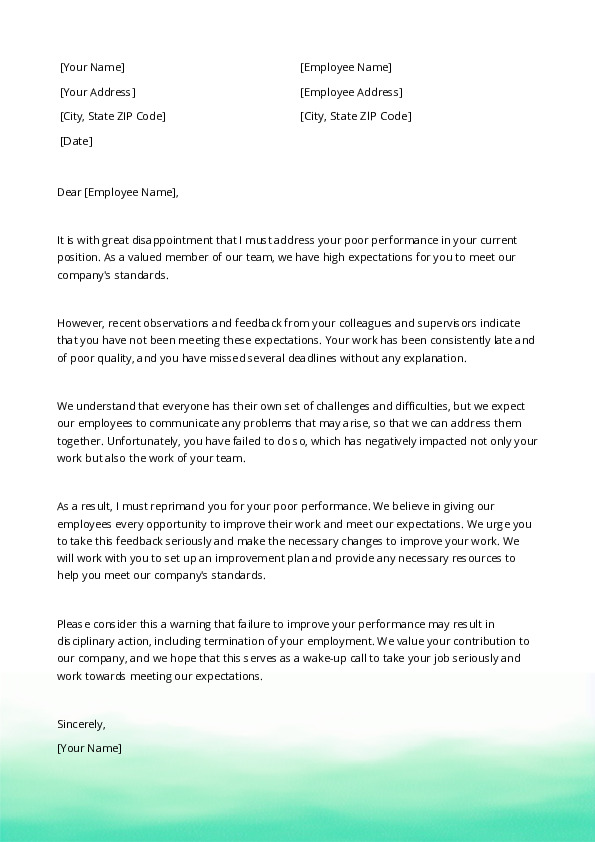
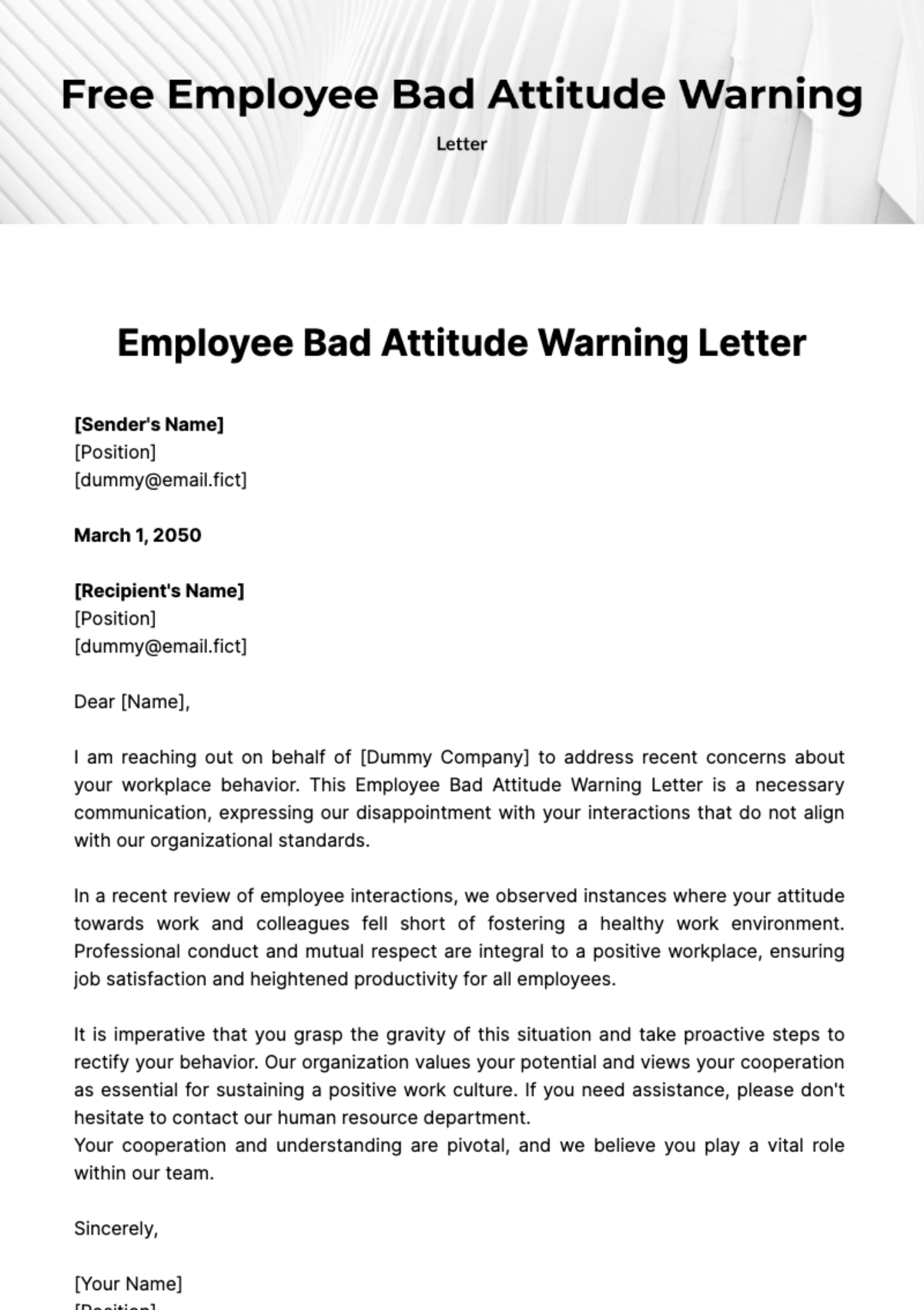
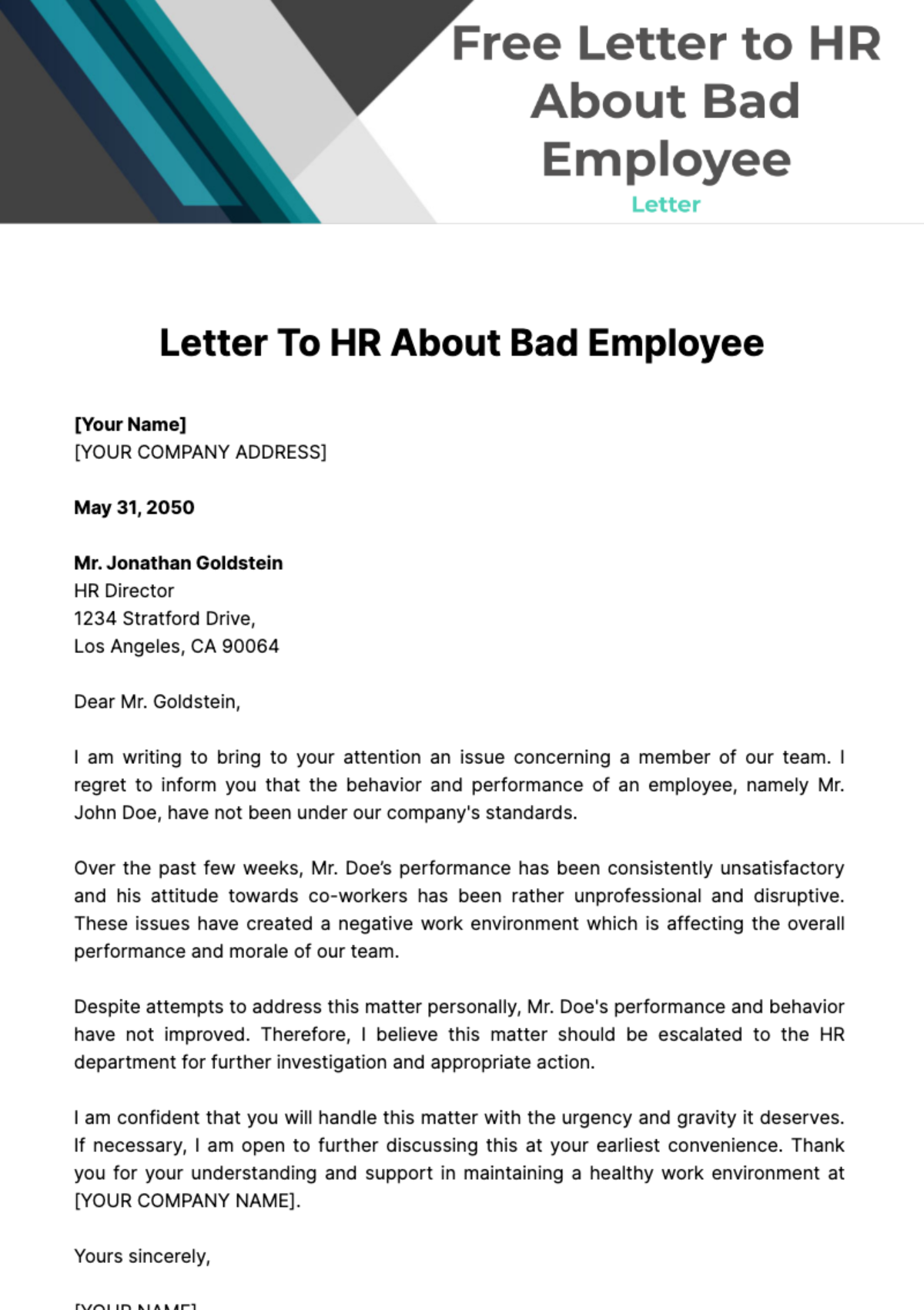

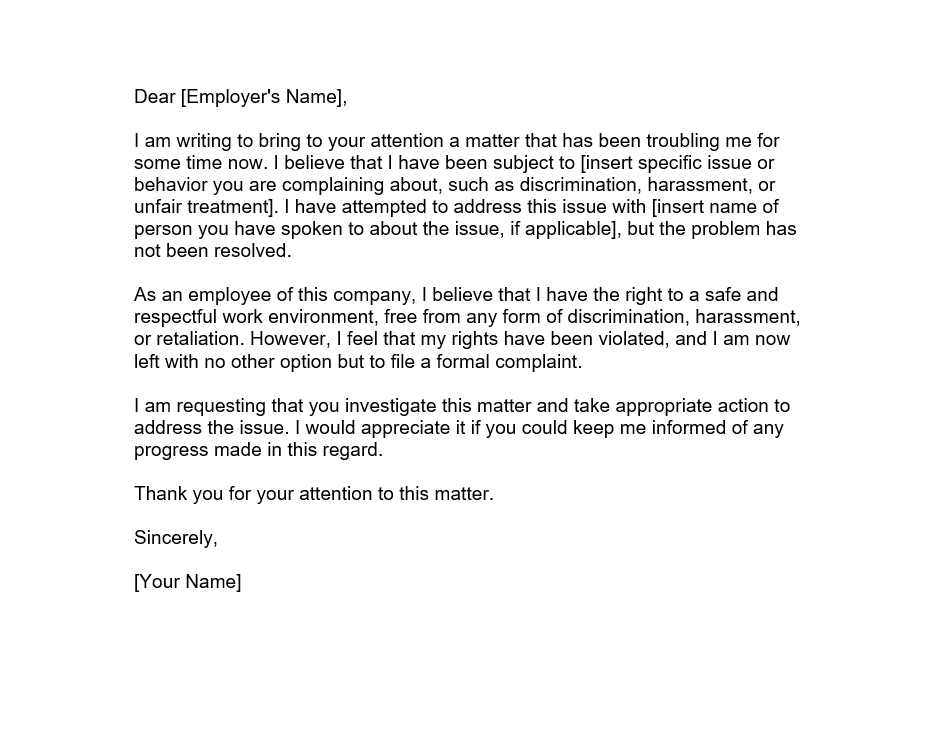
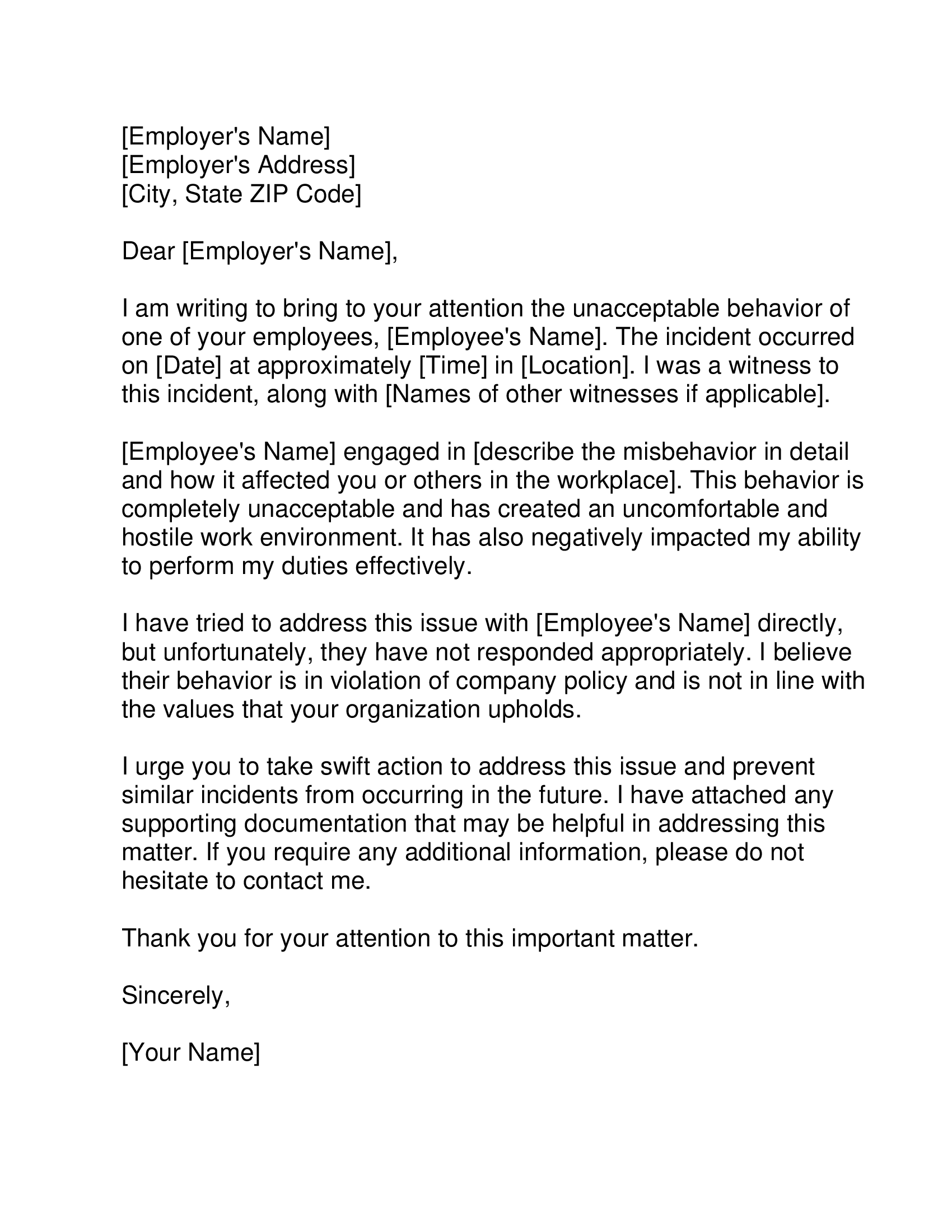

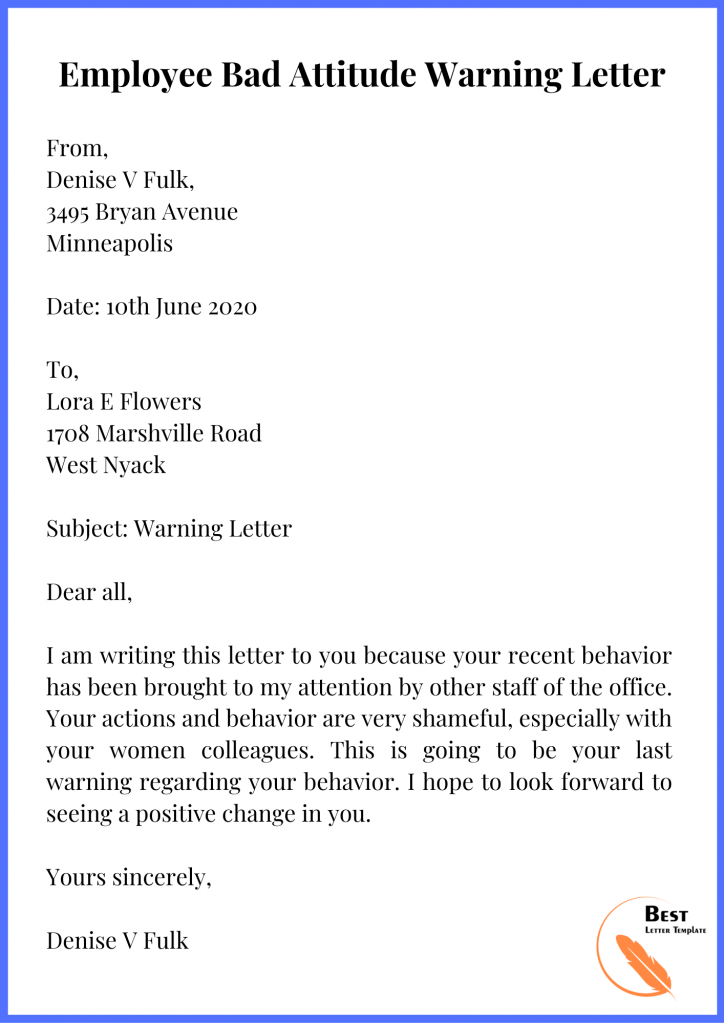
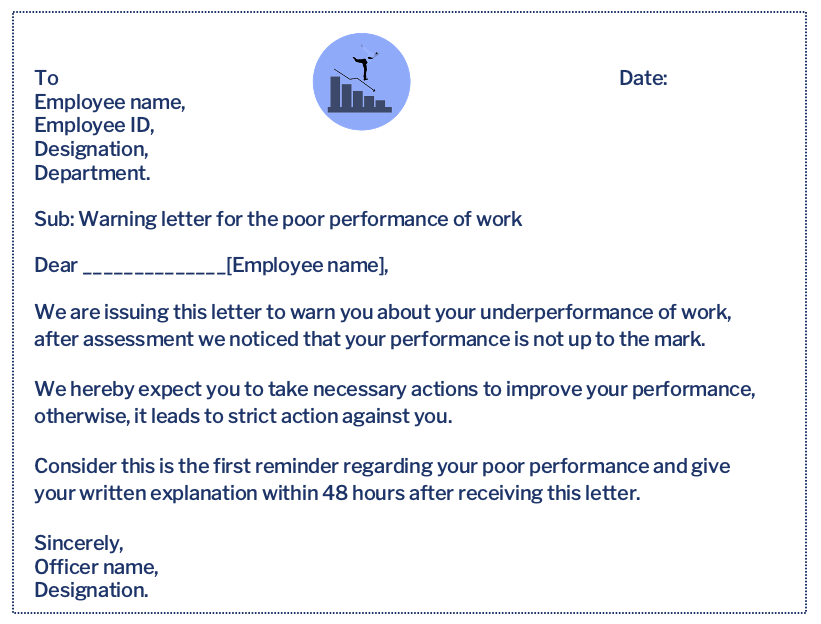

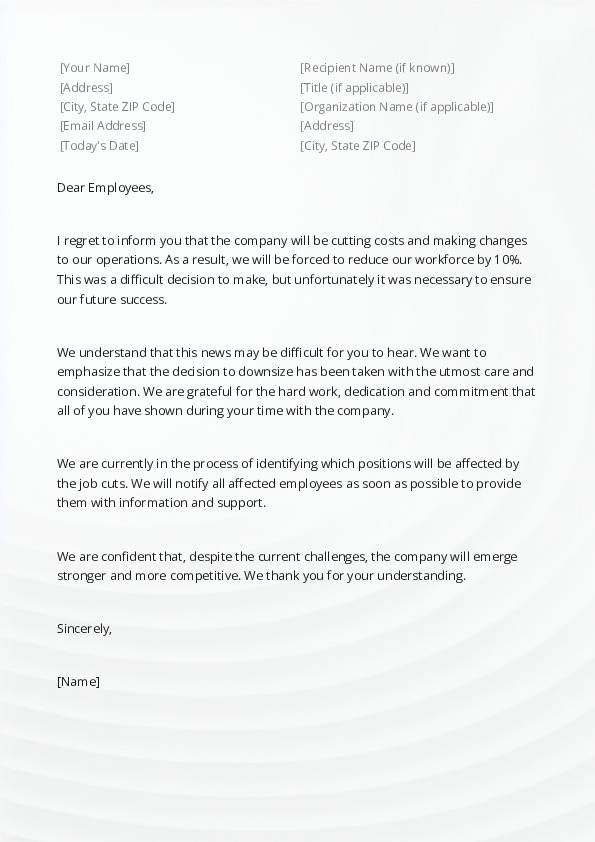
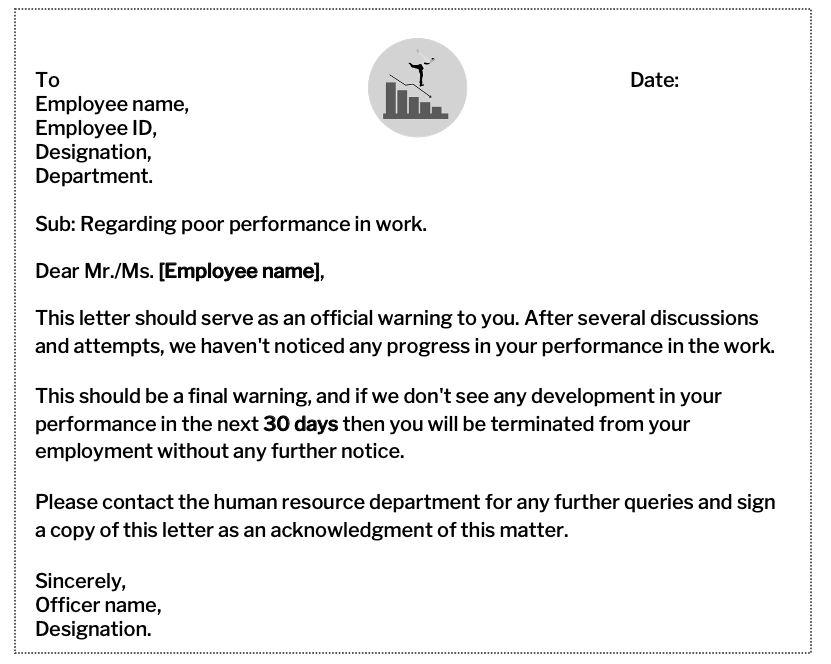
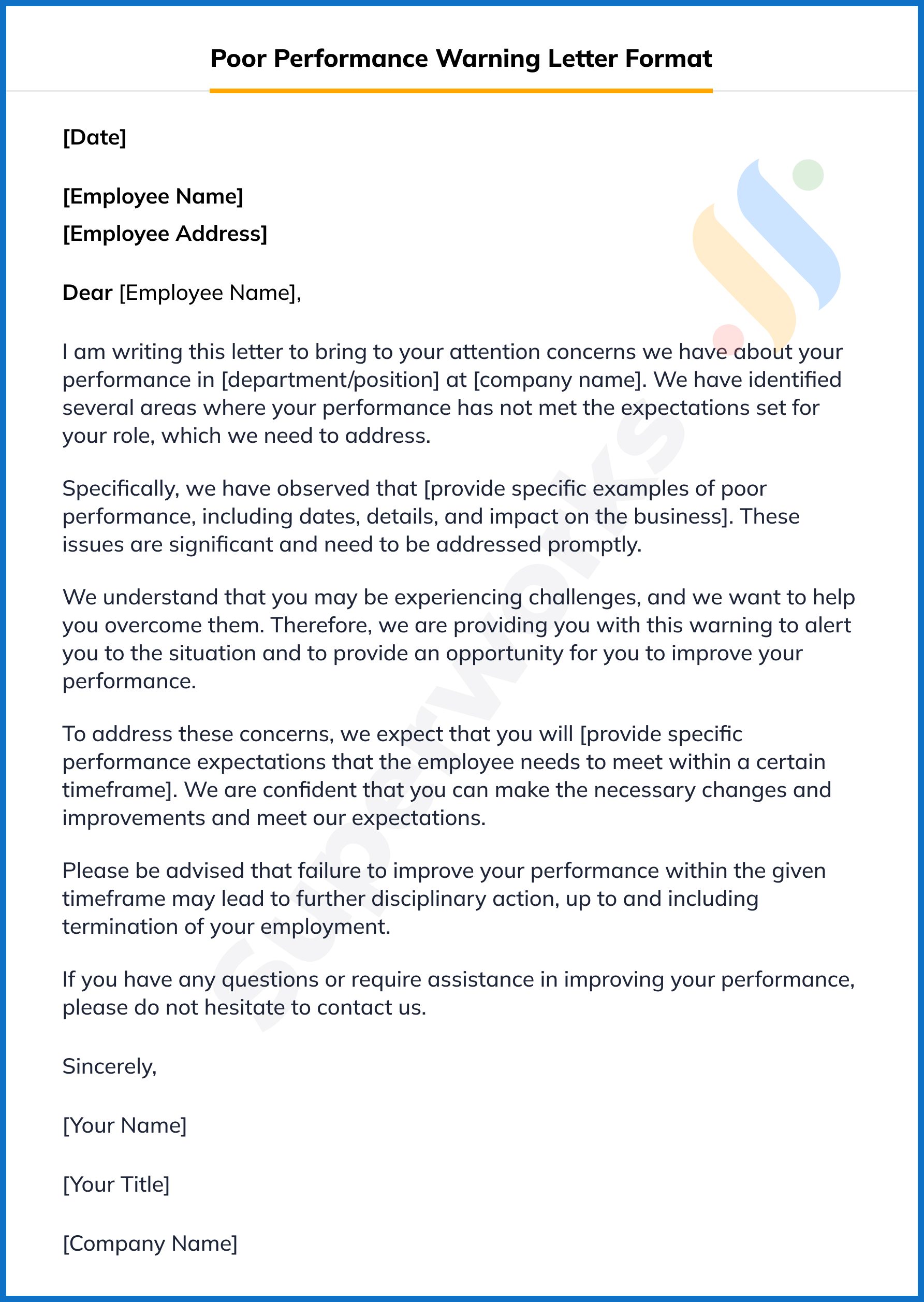
![How To Address A Negative Employee 5 Employee Memo Examples + Templates [For Every Use Case]](https://influno.com/wp-content/uploads/2023/10/Sample-Memo-for-Specific-Workplace-Issues-2.webp)

